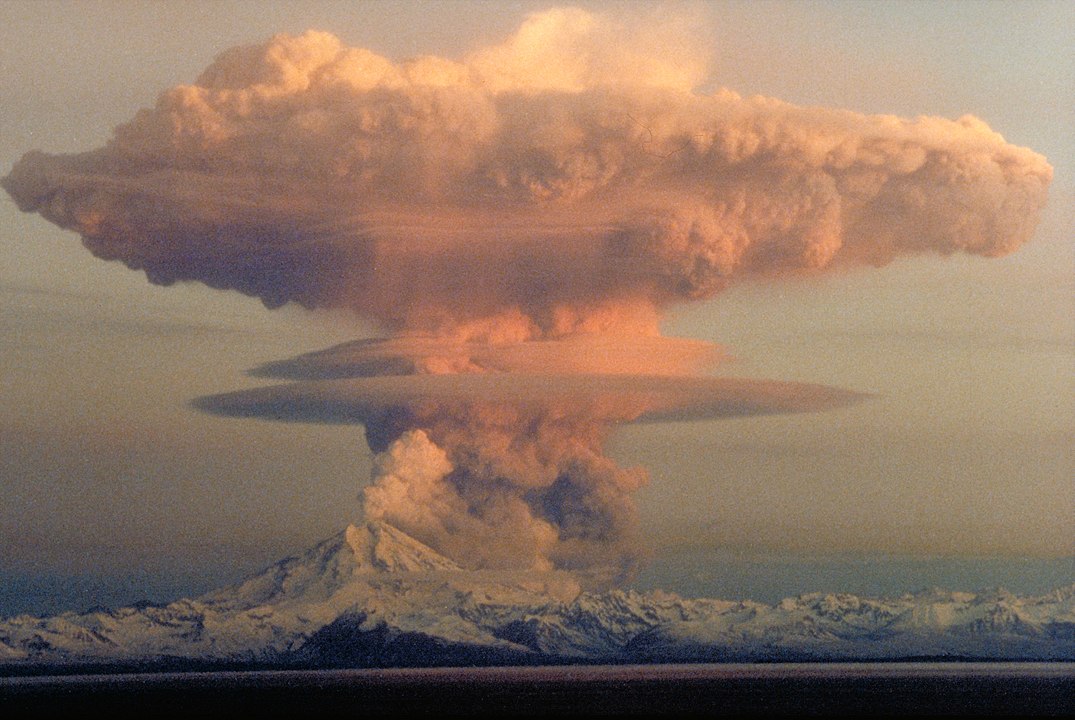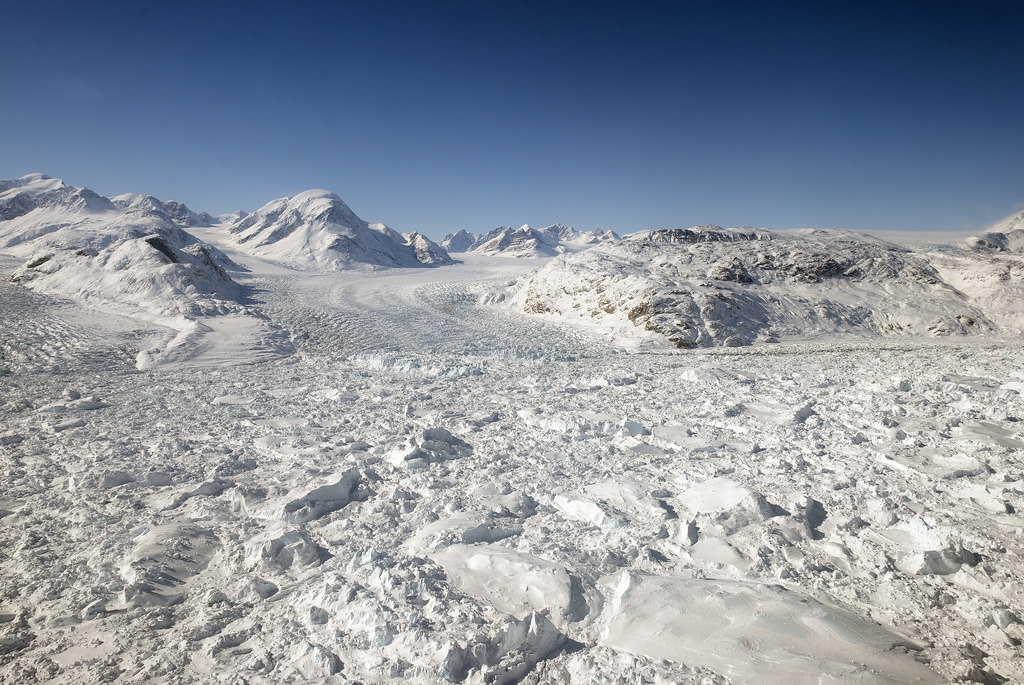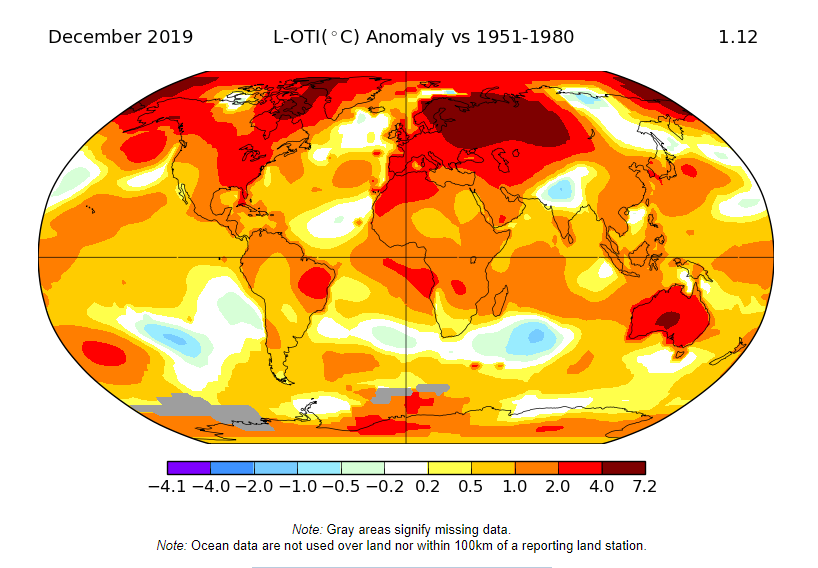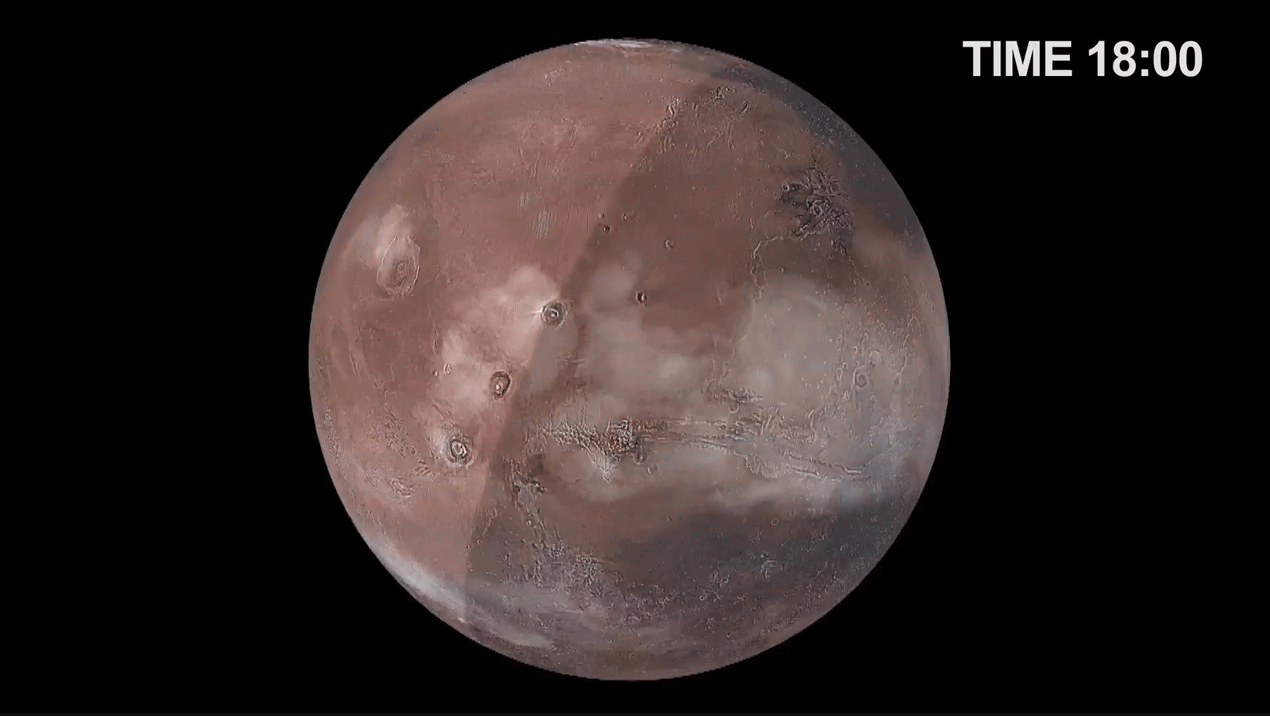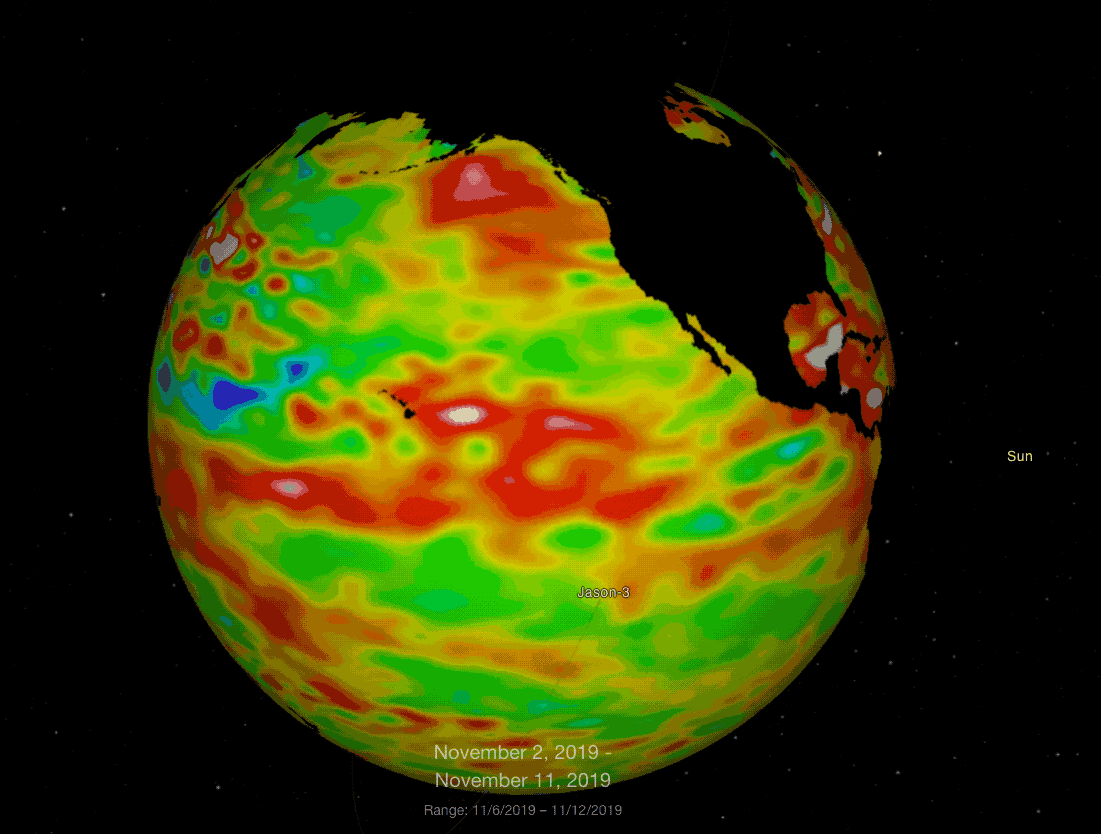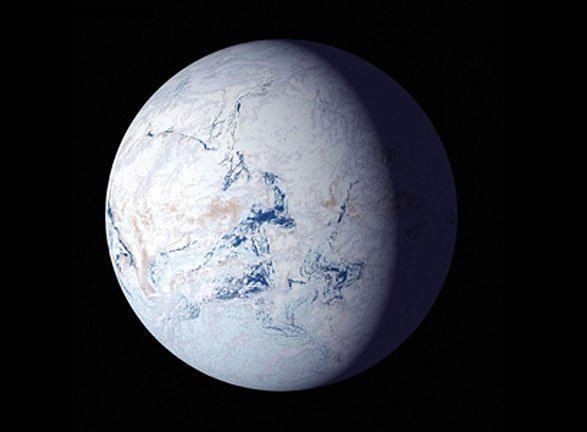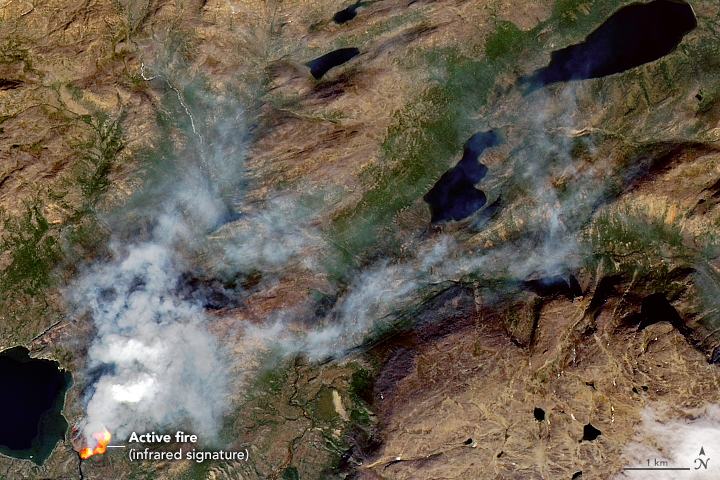200 million years ago, a mass extinction event wiped out about 76% of all species on Earth—both terrestrial and marine. That event was called the end-Triassic extinction, or the Jurassic-Triassic (J-T) extinction event. At that time, the world experienced many of the same things as Earth is facing now, including a warming climate and the acidification of the oceans.
A new paper shows that pulses of volcanic eruptions were responsible, and that those pulses released the same amount of CO2 as humans are releasing today.
Continue reading “During Mass Extinction Events, Volcanoes Were Releasing About the Same Amount of CO2 as We Are Today”
